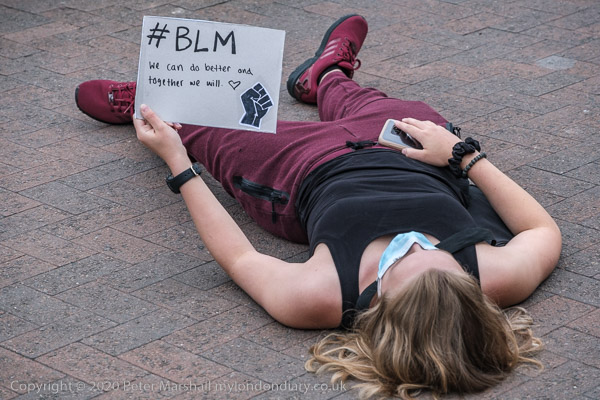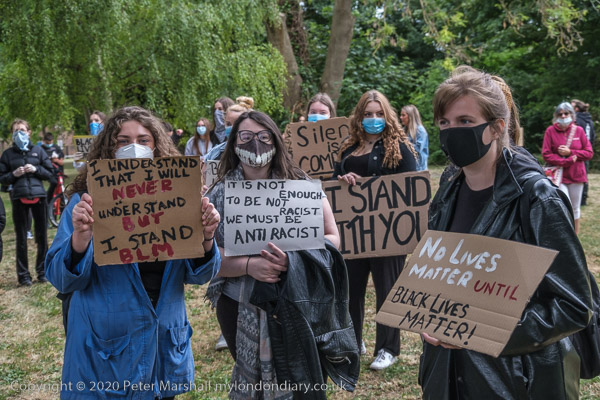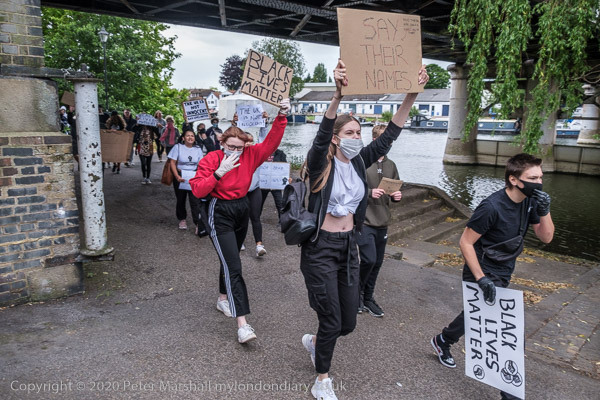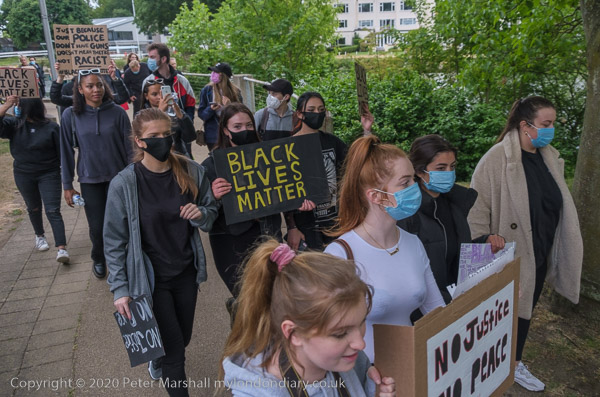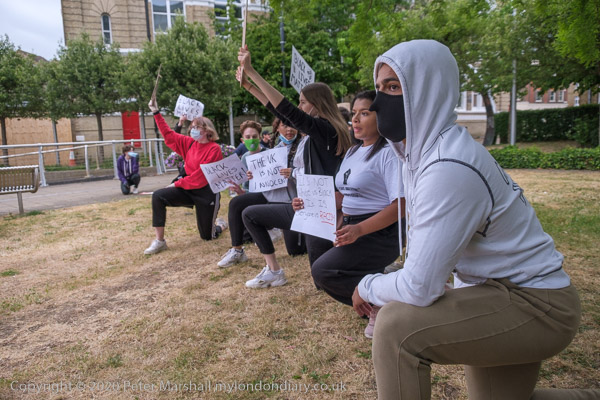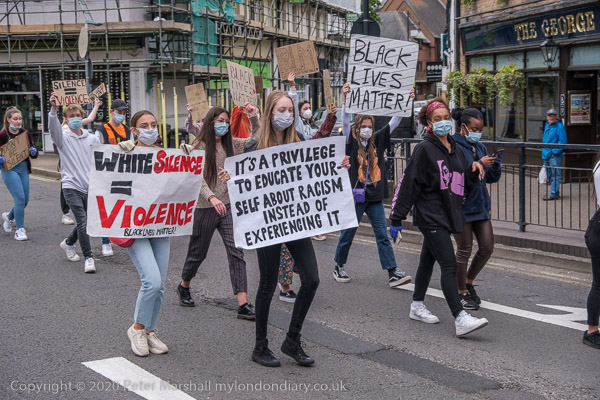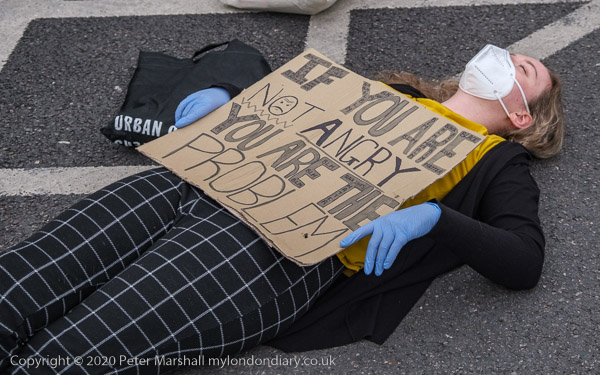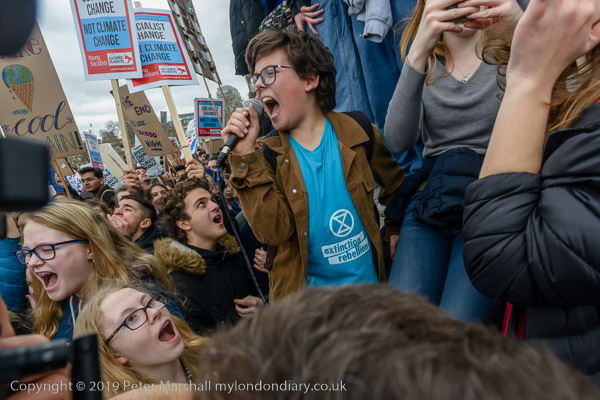
A bill is currently being introduced into the UK parliament which will severely restrict our ability to protest, giving police new powers to control both static protests and marches. Many of us see it as a major attempt to limit democratic and human rights and a major step in our movement towards a police state. Even the police are worried about some aspects of it. I think there are some aspects which the House of Lords may seek to alter or remove, but given the large Tory majority it seems likely to be passed more or less intact.
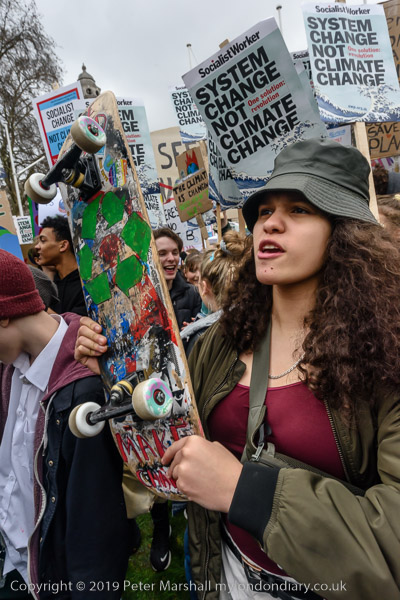
The proposals by Home Secretary Priti Patel are widely seen as a knee-jerk right-wing reaction to protests by Extinction Rebellion and the Black Lives Matter movement, and come at a time when Covid restrictions are being widely used by police to prevent protests, even where these seem to present little danger of spreading the virus.
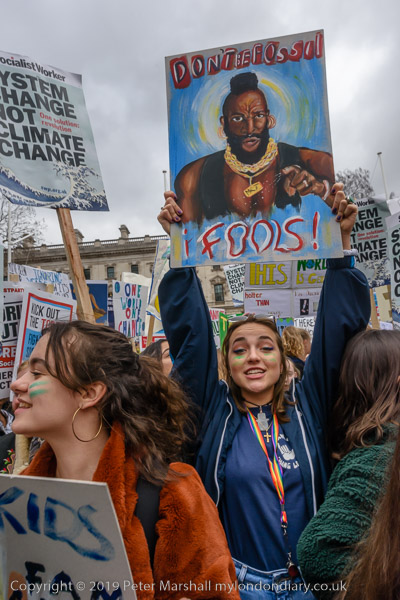
XR promoted a policy of encouraging its supporters to be arrested, and were widely criticised on the left for doing so. In its earlier protests, relatively few of those arrested came to trial and many charges were found to be unlawful – as was the London-wide ban on protests the police later enforced. In later XR protests the Home Office clearly put pressure on police and CPS to ensure that charges were brought and the new bill reflects that much tougher attitude.
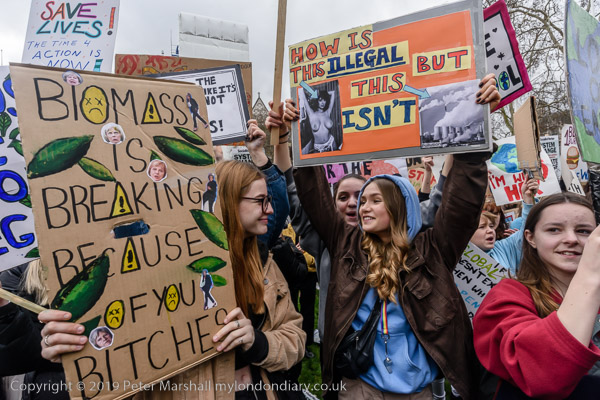
We already have a criminal justice system that is failing under extreme pressures, and was even before the extra constraints of Covid. Police are failing to pursue many types of crime and the chances of criminals being caught – always the most effective deterrent – are rapidly falling. In the 12 months up to March 2019, only 7.8% of reported offences in England and Wales led to someone being charged or summonsed – roughly on in every 13 – and unless a crime number is needed for insurance many now think it isn’t worth reporting most crimes. It’s a figure that halved since records were first published only four years previously.
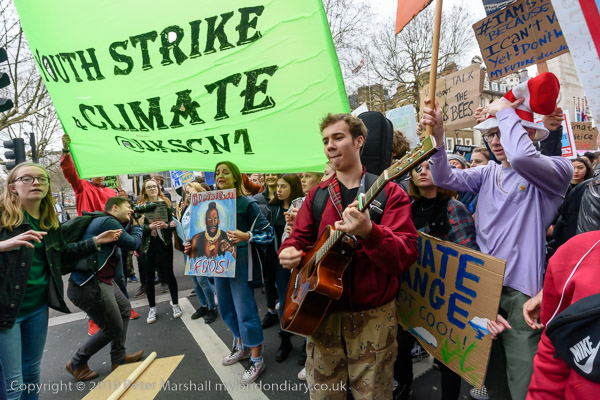
I doubt if this bill will actually have the intended effect of reducing protests, but it will increase the number of arrests and further clog up the justice system – probably leading to the introduction of yet more draconian measures including the loss of civil rights.
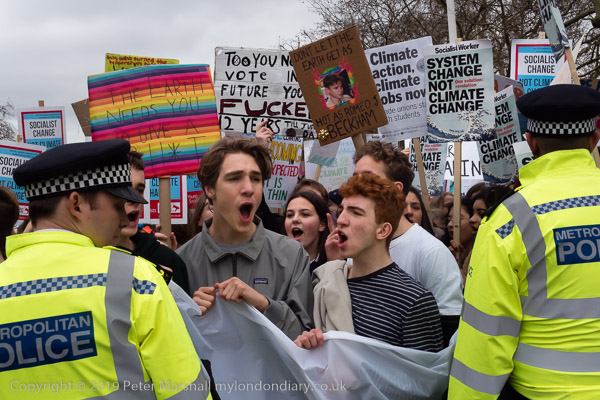
Quite how the Old Bill will react in future at protests like the London Schools Climate Strike on Friday 15th March 2019 is a matter for conjecture. If the Police, Crime, Sentencing and Courts Bill comes into law will they be prepared to undertake mass arrests of minors who refuse to accept direction? Clearly the police (and military) revelled in the freedom and encouragement from Thatcher to wade into the miners, but I hope they will still have sufficient human decency to draw the line when Patel’s orders come to attack children.
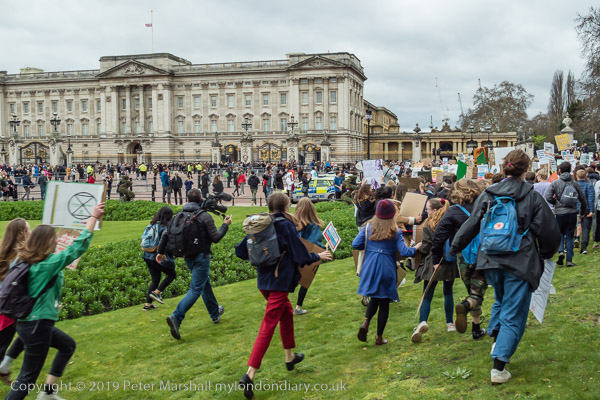
Of course what we really need is not to attack climate protesters but to take urgent actions to avoid climate disaster – as the several thousand school students who took part in the Big School Strike for the Future were demanding.
More about the protest at London Schools Climate Strike
All photographs on this and my other sites, unless otherwise stated, are taken by and copyright of Peter Marshall, and are available for reproduction or can be bought as prints.
